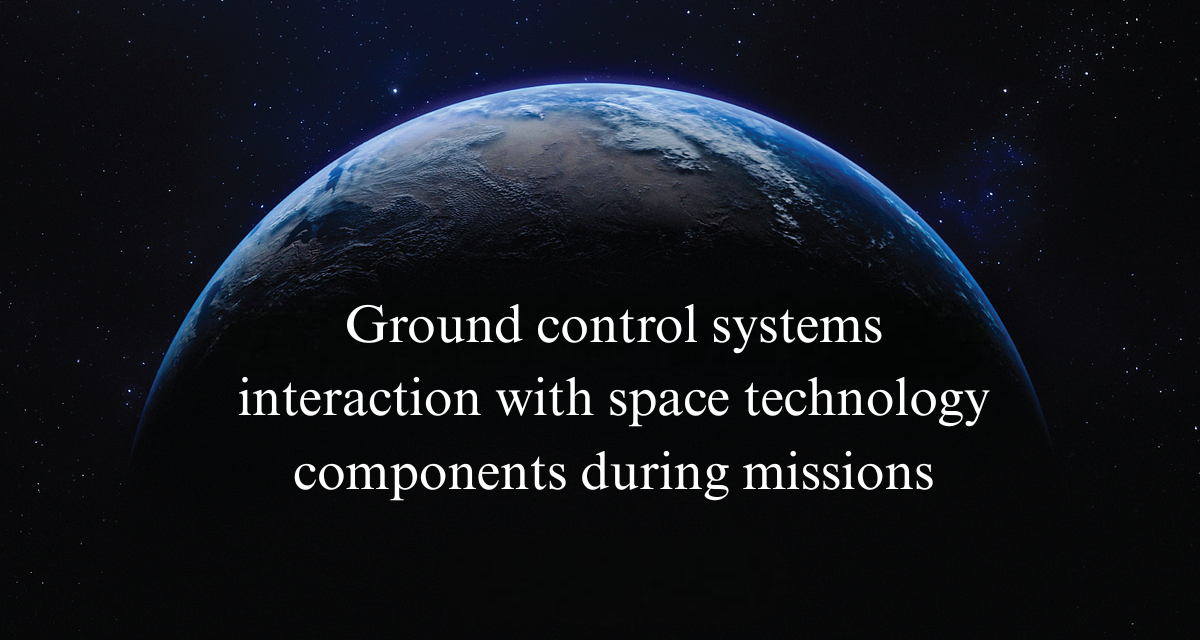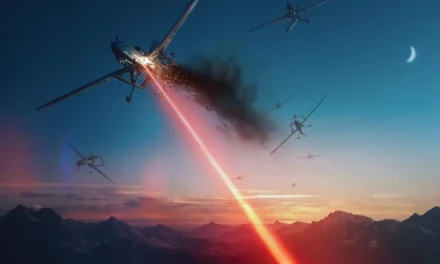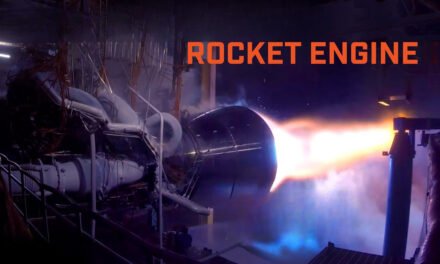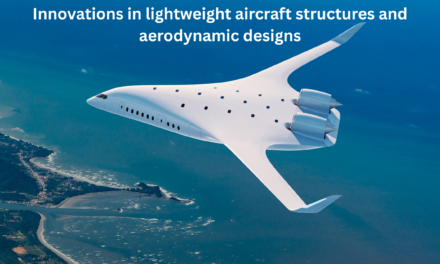Ground control systems are the command centers that manage and monitor space missions, ensuring that space technology components (such as satellites, spacecraft, and rovers) operate correctly and achieve mission objectives. The interaction between ground control systems and space technology involves a coordinated flow of commands, data, and telemetry, leveraging advanced communication and computational tools.
Key Interactions Between Ground Control Systems and Space Technology
1. Command and Control
- Ground control systems send commands to spacecraft to execute specific actions, such as adjusting orientation, activating instruments, or performing maneuvers.
- Commands are transmitted via uplink using radio waves, laser communication, or other communication protocols.
2. Telemetry Reception and Analysis
- Spacecraft transmit telemetry data to ground control, providing real-time information about:
- Health and status (e.g., power levels, thermal conditions, structural integrity).
- Performance of subsystems (e.g., propulsion, communication, payload instruments).
- Ground control processes and analyzes this data to identify issues and optimize operations.
3. Data Acquisition
- Scientific instruments onboard spacecraft collect data (e.g., images, atmospheric readings, or spectroscopic analysis) and transmit it back to Earth through a downlink.
- Ground control systems process and store this data for researchers and mission teams.
4. Navigation and Tracking
- Ground control systems continuously track the spacecraft’s position and velocity using ground-based antennas and deep-space networks.
- Techniques like Doppler shift measurement and two-way ranging help determine precise location and trajectory.
- Adjustments, such as trajectory corrections or orbital changes, are commanded based on this tracking data.
5. Monitoring and Diagnostics
- Ground control monitors the health of spacecraft systems using diagnostic tools to detect anomalies, failures, or performance degradation.
- Algorithms and simulations predict potential issues and guide corrective actions.
6. Autonomous Operations Support
- For long-duration missions, spacecraft may perform autonomous operations due to communication delays (e.g., missions to Mars or beyond).
- Ground control uploads pre-programmed instructions and algorithms for the spacecraft to execute autonomously, and periodically checks progress.
7. Mission Planning and Coordination
- Ground control coordinates mission schedules, such as observation windows, communication times, and maneuvers.
- Systems ensure synchronization between multiple spacecraft in constellation or collaborative missions (e.g., Earth observation or interplanetary fleets).
8. Communication Relay Management
- Space technology, like orbiters or relay satellites, may act as intermediaries between ground control and remote spacecraft (e.g., Mars rovers).
- Ground control orchestrates communication timing and protocols to maximize efficiency.
Components of Ground Control Systems
- Mission Control Centers
- The central hub for mission operations, housing teams and hardware for spacecraft management.
- Ground Stations
- Earth-based facilities with antennas and communication systems to send and receive signals.
- Deep Space Networks (DSN)
- Specialized ground station networks designed for deep-space communication, such as NASA’s DSN or ESA’s Estrack.
- Flight Control Software
- Software tools to send commands, process telemetry, and model spacecraft behavior.
- Data Processing and Analysis Tools
- Advanced computing systems for decoding scientific and engineering data received from space.
Key Examples of Ground Control Interactions
- International Space Station (ISS)
- Ground control coordinates activities of onboard systems and astronauts, manages resupply missions, and monitors environmental conditions.
- Mars Rovers
- Commands for navigation and scientific experiments are sent from Earth, while data and images are relayed back via Mars orbiters.
- Earth Observation Satellites
- Real-time data on weather, climate, and disasters is received and processed for immediate use.
- Interplanetary Missions
- Spacecraft like Voyager 1 require precise tracking and command to ensure continued operation billions of kilometers from Earth.
Challenges in Interaction
- Communication Delays
- For missions to distant planets, delays due to the speed of light can range from minutes to hours.
- Signal Degradation
- Weak signals from distant spacecraft require highly sensitive receivers and error correction techniques.
- Complex Coordination
- Managing multiple spacecraft or large constellations demands advanced scheduling and automation.
- Data Overload
- High-resolution instruments produce massive amounts of data, requiring efficient downlink and processing systems.
Conclusion
Ground control systems act as the brain of space missions, enabling seamless interaction with space technology components. They ensure that spacecraft remain functional, perform their objectives, and relay valuable data back to Earth. Through sophisticated technology and coordination, these systems are critical for mission success in the challenging environment of space.
Hashtags
#GroundControlSystems #MissionControlTech #SpaceMissionSupport #GroundToSpaceComms #AerospaceControlSystems #SpacecraftControl #SatelliteGroundControl #OrbitalOperations #MissionCoordinationTech #SpaceDataTransmission #RealTimeSpaceComms #SatelliteTelemetry #GroundToSpaceLink #DataLinkTechnology #AIInGroundControl













